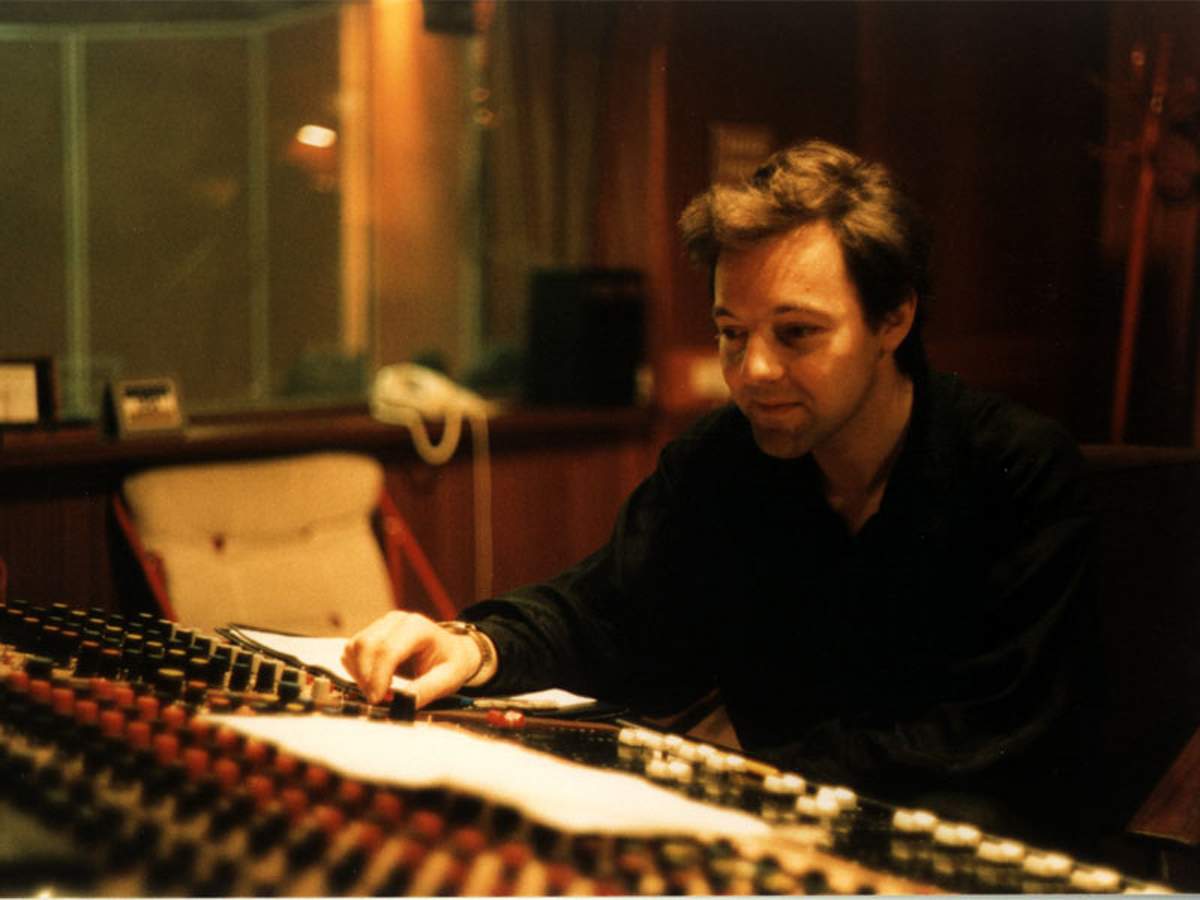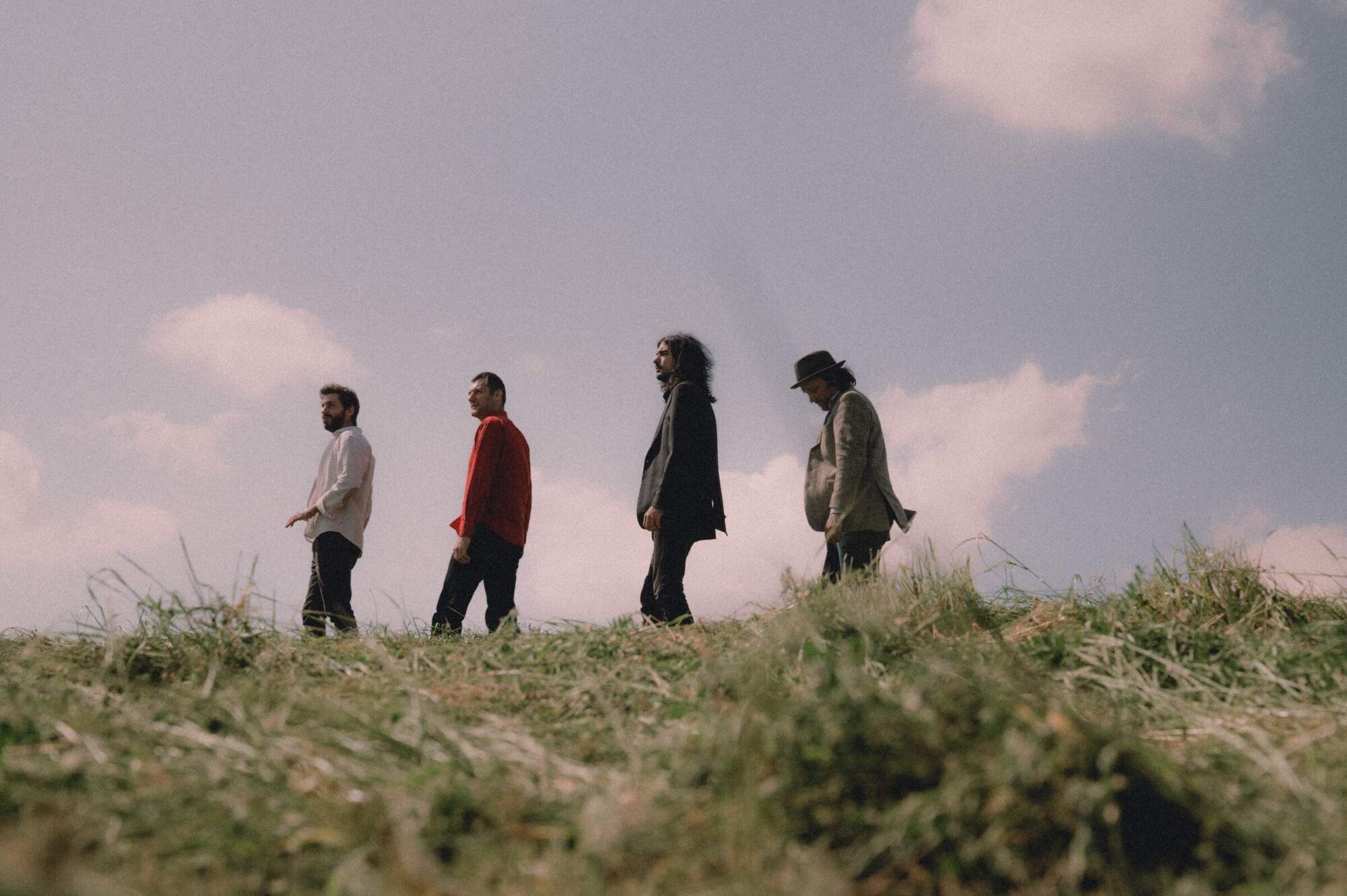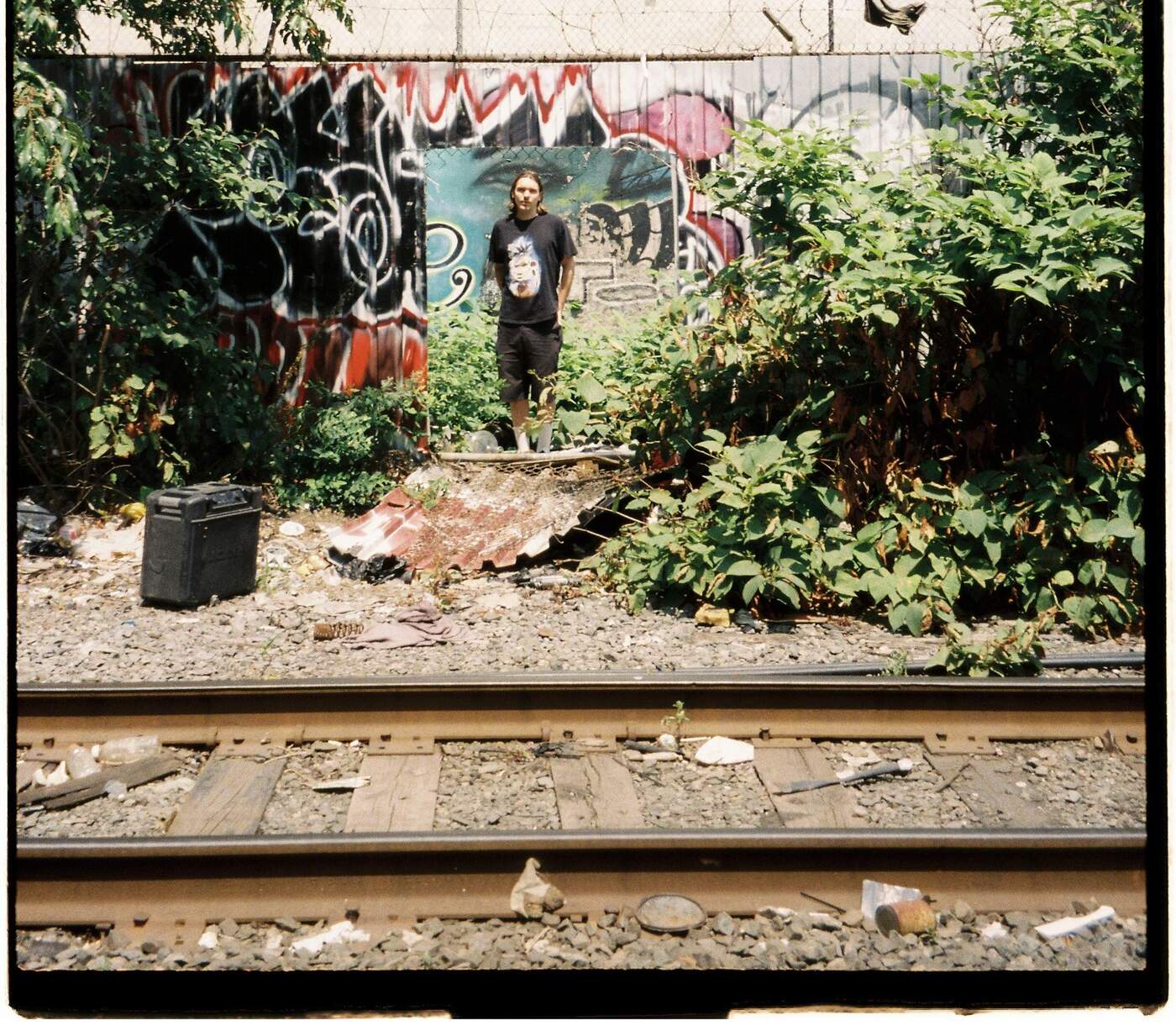Paul Roland: The Godfather of Steampunk Reimagines ‘Tortured by the Daughter of Fu Manchu’
The Godfather of Steampunk has returned and dropped a never-heard-before version of his song about being caught up in the clutches of the daughter of a diabolical pulp thriller character: Fu Manchu.
‘Tortured by the Daughter of Fu Manchu’ is a re-recording of a song from the artists’ crowd-pleasing Bates Motel. This song was originally written for Nico, Sterling Morrison, and Mo Tucker (who were the remaining members of the Velvet Underground at the time the track was written). Known for his dark, catchy, and gothic style rock songwriting, British musician Paul Roland has been a significant presence in the music industry (and has over 20 albums to his name). This re-release coils the roots of the ’60s around a dark, towering gothic soundscape, twisting like English ivy through the shadowed branches.
Let’s rewind and go back to where the story begins. Enter: A bright, rock-ish high hat. In the next phrase, we step straight into Roland’s world: the sound is fully fleshed out now. The heartbeat kick drum syncs with the tambourine, and the distorted guitars blaze through with their fiery melodies and steady grooves. Then this synergistic intro transforms into a hammering, driving feeling (just as the lyrics begin to tell the tale).
I’m not the kinda man who can take much pain
I’m the squeamish type, and I’m not ashamed
Roland’s voice is timeless, flowing from word to word seamlessly, steeped with a nostalgia only he can deliver. Of course, in this story’s exposition, we learn that he has fallen into the hands of Fu Manchu’s daughter, Su Long Min.
As the story unfolds, we are treated to tasty running 8th notes, a la original rock ‘n’ roll. This flavor is blended with a touch of soulful blues. As we reach the B section, the artist switches to minor for the line “She’s a real wild child,” peppering in a bit of goth’s more melancholic essences…and then we’re right back into the quick-footed blazing section.
Branded with a red and black dragon tattoo
Her fingernails are as long as her legs
As the storyline ripens, we wonder, is he in love with her? Is he scared? Perhaps the simple answer is: Yes.
As we reach the bridge and Roland begins describing being chained, the music stays firmly in a major key (creating a tongue-in-cheek tension that makes the darkness oddly fun).
The mantra ‘she’s a real wild child’ sees us out to the song’s abrupt ending, leaving us feeling both coy and concerned for the main character.
What happens to him?! We may never know…But one thing’s for sure: the full reissue of Roland’s (fan-favorite) album, ‘Bates Motel,’ is certainly worth a listen.
How did you first meet The Velvet Underground, and how did you craft the song ‘Tortured by the Daughter of Fu Manchu’ to suit their tastes?
Paul Roland: I interviewed each of them separately for a national Sunday newspaper at the time their ‘VU’ album of unreleased songs was released (February 1985). At the end, I told them who I was and invited them to guest on my next album which would have been ‘Danse Macabre’. To my surprise they all agreed – I think they were impressed by my questions which weren’t the usual rock journalist questions, but those of a musician and songwriter. Sadly, and frustratingly, due to the incompatible tape formats between the UK and USA they couldn’t use them in an American studio. Sterling Morrison wrote to ask for more time, but I couldn’t see it working so I stupidly let it go. Today of course there would be no problem bouncing tracks back and forth around the world, but then I had to post heavy 2” metal reels across the Atlantic.
Before I knew of this I wrote a number of songs specially for them but then put them in a drawer and forgot about them until many, many years later. Some were only sketches, half-finished songs that I completed when I came to record the ‘Bates Motel’ album in 2012. ‘Tortured By The Daughter of Fu Manchu’ was actually written for a proposed John’s Children reunion album that Andy Ellison had asked me to contribute to which is why it has that early Who/Small Faces vibe. But if you listen to the title track you can imagine Nico singing it and some of the others too, ‘Kali’ was another. Other songs – the more frantic post punk humorous songs – were written for John’s Children because Andy thought I wrote in the style of their former guitarist and songwriter Marc Bolan.
It seems like your songs are an avenue to tell stories through. What story did you set out to tell when you first penned ‘Tortured by the Daughter of Fu Manchu’
Paul: That song just came to me out of thin air. It was a silly idea that popped into my head and after the first couple of lines I started writing the rest in my head hoping that if I kept signing it over and over, I might remember it by the time I got home! I wasn’t in the habit of carrying a note pad and pen with me and there were no mobile phones at that time to record it, so I was extremely fortunate to have remembered it all! The funny songs are always the easiest to write. Serious songs can be like squeezing blood out of a stone and sometimes require a bit of research to get key phrases that evoke a period, place or character, but funny ones just pour out of me. They practically write themselves.
What’s the key to being such a tenacious musician who has produced loads of music throughout the years? Does it have something to do with having fun, being whimsical?
Paul: It’s definitely the fact that it’s fun and even more fun to record with other musicians. Writing and recording – especially recording – is like seeing a painting evolve on a blank canvas. You can have the idea or image in your mind, but until the other instruments are added it’s a black and white sketch. I get a different sort of buzz when I record at home even though I’m playing all the instruments. I don’t know what parts I’m going to play until I actually play with the track and often the first thing I play will be the right thing or the basis of what I end up playing and that’s a thrill – I’ve had so many of what the psychologist Abraham Maslow called ‘peak experiences’ when I hear a counter melody or a little phrase add colour to a track, that it becomes a drug. So, writing music is a compulsion for me, an addiction, a continual high.
Why did you choose to re-release your 2013 album, ‘Bates Motel’? What re-recorded or remastered songs are your favorite? Can you tell us a bit more about what to look forward to on the re-release?
Paul: ‘Bates Motel’ is one of a number of back catalogue albums that I’m simply ‘reactivating’ as a digital download – it’s not a physical reissue – and I took the opportunity to replace some of the weaker tracks (in terms of recording quality) with superior recordings – two of which feature Andy Ellison and another couple which came from a special session we did for the TV personality Stephen Fry. The original album had been recorded in a studio that had its wiring inverted (!) so we didn’t know until it was too late that the instruments were gutted of all dynamics! The drums and bass had no thump and the guitars were somewhere in the distance. It was awful and that was to be my garage rock album! The first where I didn’t only write about historical themes but had songs such as ‘I Was A Teenage Zombie’, ‘How I Escaped From Devil’s Island’ and ‘Tortured By The Daughter of Fu Manchu’ all of which needed punch. Fortunately, I’ve now finally got the album sounding the way it was meant to be. Those three are the highlights for me, but can you imagine how it might have sounded had Nico, Sterling and Mo Tucker been on it!
It’s no secret that you’ve released a lot of albums. How do you like to order your songs on an LP? In Bates Motel, for example, can you tell us a bit more about the process of ordering the songs?
Paul: I learned from the people I worked with on my very first album, ‘The Werewolf of London’ in 1980, that a good rule of thumb is that the first three tracks on any album should be the strongest. And the final track should be one that leaves the listener in awe, or at least completely satisfied. After that, I try to choose tracks that offer a contrast with the previous track. But ultimately, it should sound as if the current track you’re playing is the only one that could have followed the previous one and that the track that follows sounds inevitable and just right mood, speed and tempo wise. Once I have the sequence to my satisfaction I can’t imagine the tracks in any other order. That’s the test.

Who is your favorite classical Baroque composer to take inspiration from?
Paul: That would be Henry Purcell, but I love Bach too and so many of the Baroque composers. I think my love of that period came from hearing Michael Nyman’s soundtrack for ‘The Draughtman’s Contract’ in 1982. It made such a profound impact on me that I only need to hear a piece from that period and I am transported to the pastoral English landscape of the film and the murderous intrigue that takes place at that country house.
I recently stumbled across your #RolandReccomends hashtag. So, what song do you recommend today?
Paul: In complete contrast to what I’ve been talking about, let’s spin ‘Chariots of Silk’ by Tyrannosaurus Rex – a quirky wistful mix of psych and folk and a unique, distinctive sound.
Paul Roland Website




